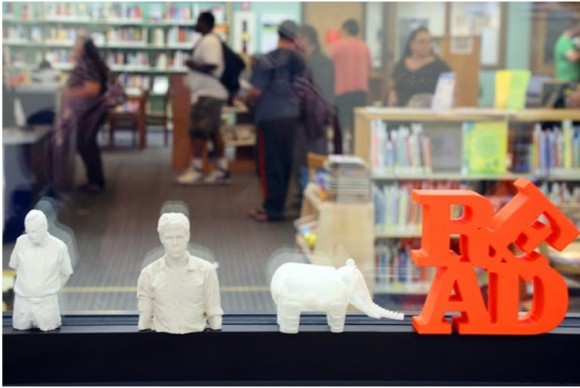Dear Commons Community,
The New York State Education Department blinked in response to the opt-out movement and has decided to shorten the Common Core standardized tests in 2016 and again in 2017. As reported in the New York Times:
“New York State’s standardized tests for third through eighth graders will be shortened this year, the education commissioner said on Wednesday, the latest retooling of a group of exams that have grown so unpopular that 20 percent of eligible children sat them out this past spring.
The commissioner, Mary Ellen Elia, said at a meeting of the Board of Regents in Albany that some multiple choice questions would be shaved off the math assessments and a number of passages would be cut from the reading exams taken next year. A spokeswoman for the Education Department said that the tests would be shortened for students in each grade, and that they would be trimmed further in 2017.
This move is the second time tests have been shortened since they were introduced in 2013, when the state became among the first in the nation to align its tests with the Common Core standards, a set of rigorous learning goals designed to prepare students for college.
The new tests, which are given over parts of six days, led to a steep drop in passing rates in 2013, and they have not improved much since then. In 2015, just 31 percent of the state’s students passed the reading tests, and 38 percent passed the math exams.
Resistance to the state assessments from parents and teachers has grown, and “opt out” became a rallying cry this year as Gov. Andrew M. Cuomo moved to make teachers’ annual ratings more dependent on test scores. (On Wednesday, the Regents voted to give teachers more opportunity to appeal those ratings.)
Though both state and federal education officials have expressed concern that the test-refusal movement was depriving schools of a useful analytical tool, the officials also have backed off from earlier threats that they could withhold money from school districts with high opt-out numbers.
In response to the pressure, the state also has announced two separate review efforts to evaluate the tests and standards. One review, which was demanded by lawmakers, is being led by Ms. Elia, while the other was ordered by Mr. Cuomo, a Democrat.
And this summer, the Education Department also announced that it was parting ways with Pearson, the international education company that has designed the state tests thus far. In its place, the agency hired Questar Assessment, a smaller company based in Minneapolis.
The announcement on Wednesday on test length, however, seemed unlikely to quiet critics.
“Half a disaster is still a disaster,” said Loy Gross, a co-founder of the parent activist group United to Counter the Core, who added shortening the tests was just tinkering around the edges of a very large problem.
“And no,” she added, “it’s not going to appease parents who will continue to opt their kids out of tests.”
This is the beginning of a good move for the children of New York but as Ms. Gross says half a disaster is still a disaster.
Tony





